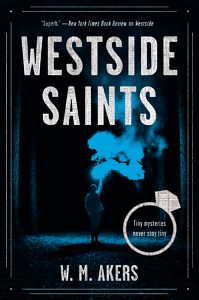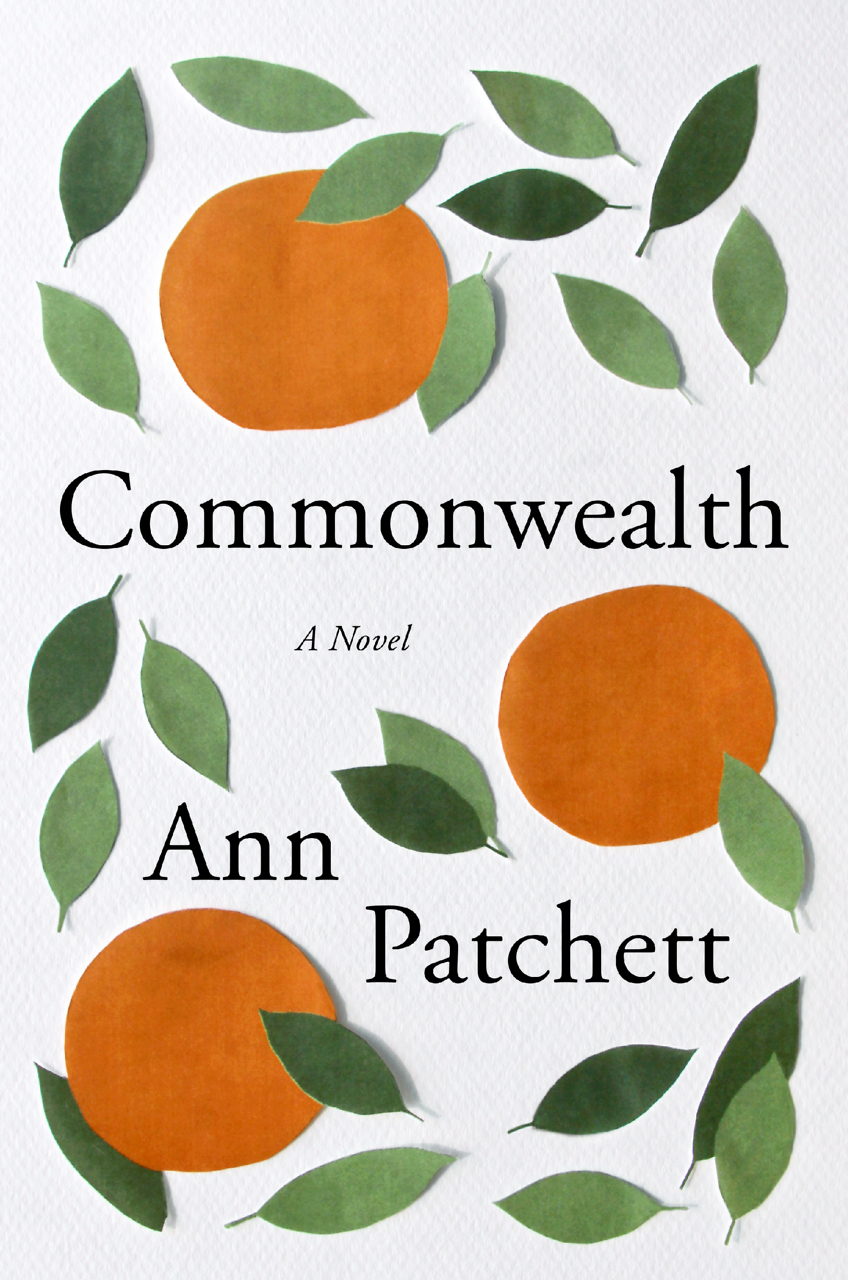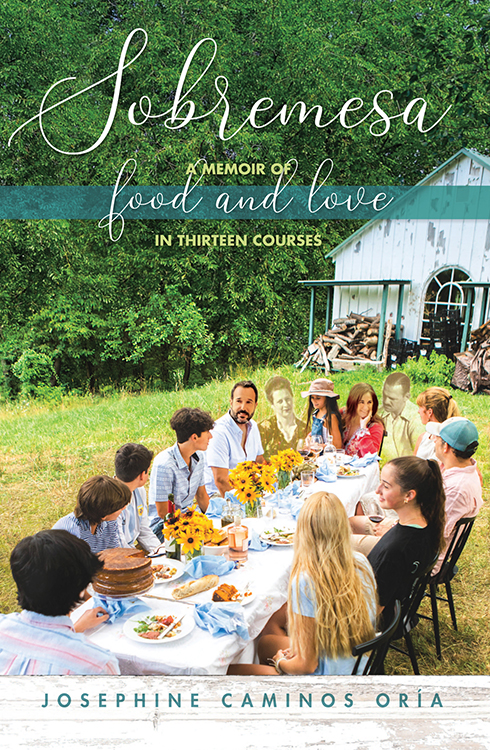The Resurrection Racket
W.M. Akers returns to his mythical Jazz Age New York City, where time is out of joint
W.M. Akers’ Westside Saints is inundated with death, but that doesn’t keep it from being lively. In the opening scenes of the book (a sequel to his 2019 debut novel Westside, also set in an alternative version of Jazz Age New York), dead bodies are piled in snow banks and bob in the Hudson. The winter has turned lethally cold, and the living are concerned only with finding warmth and a friendly glass of bootleg gin. The protagonist, Gilda Carr, a detective who specializes in tiny mysteries, feels haunted by the ghosts of loved ones and the criminals she has killed. Gilda fights for the living, but the dead accumulate around her.
 Readers need not have read Westside to follow this second novel; indeed, Akers takes pains to distinguish the two, stylistically and thematically. In Westside, Gilda uncovers secret passageways to physical realms existing parallel to ordinary reality. Realities multiply in Westside Saints, too, though here the reality-hopping takes place in time instead of space. At first Gilda suspects that the time traveling is an illusion, part of an evangelical stage show, but she quickly finds evidence that it is real and that, to solve the case, she will have to jump through time herself. She’s transported to a New York of the late 19th century, the Gilded Age, when the Brooklyn Bridge is new and hope has not vanished from SoHo.
Readers need not have read Westside to follow this second novel; indeed, Akers takes pains to distinguish the two, stylistically and thematically. In Westside, Gilda uncovers secret passageways to physical realms existing parallel to ordinary reality. Realities multiply in Westside Saints, too, though here the reality-hopping takes place in time instead of space. At first Gilda suspects that the time traveling is an illusion, part of an evangelical stage show, but she quickly finds evidence that it is real and that, to solve the case, she will have to jump through time herself. She’s transported to a New York of the late 19th century, the Gilded Age, when the Brooklyn Bridge is new and hope has not vanished from SoHo.
Akers provides a schematic map of Westside streets, dotted with primary settings, but despite familiar street names his New York bears little resemblance to the real city, much less to other literary depictions of it. We are far removed from the New York of Fitzgerald’s The Great Gatsby, another novel set in 1922, where criminals rent gleaming Long Island mansions and throw lavish parties. Akers’ New York is returning to its barbarous origins. “Having finally succeeded in evicting humanity, the Westside took its true form,” Akers writes. “Trees tripled in size. Vines erupted from brownstones. Earth buckled and split, swallowing some buildings and upending others.”
Westside Saints begins, like its predecessor, with a minor mystery. The Byrd family, hellfire preachers who are trying to rejuvenate their Electric Church, have lost their one holy relic, the pickled finger of Róisín of Lismore, an Irish saint, and they engage Gilda to find it. No sooner has Gilda begun sleuthing than larger questions emerge. For one, who set fire to the Byrds’ church in 1888, destroying the chapel and killing four children? For another, are the Byrds themselves trustworthy people of God or standard Westside scam artists?
The plot thickens further when Gilda’s mother, Mary, who died in 1903, appears at the Westside townhouse they once shared. Mary claims to have amnesia, no memory of herself prior to being found wandering the Westside streets. She enlists Gilda in recovering her identity, not knowing that this seemingly older woman is actually her own daughter. Gilda deems it wise to conceal their connection from Mary, for fear of shocking her into catatonia.
 Mary returns from the dead in the same week that the Byrds plan a “Grand Ceremony of Electric Resurrection.” The Byrd patriarch, Bully, who officially died in the 1888 fire, has materialized in the church and promises to share the secret of raising the dead, for the low price of $2 per person. Gilda’s friend Cherub Stevens, one of several holdovers from Westside, smells a hoax. “Fake one resurrection,” Cherub says, “and sell tickets for fifty more. Hell of a racket.”
Mary returns from the dead in the same week that the Byrds plan a “Grand Ceremony of Electric Resurrection.” The Byrd patriarch, Bully, who officially died in the 1888 fire, has materialized in the church and promises to share the secret of raising the dead, for the low price of $2 per person. Gilda’s friend Cherub Stevens, one of several holdovers from Westside, smells a hoax. “Fake one resurrection,” Cherub says, “and sell tickets for fifty more. Hell of a racket.”
The constant presence of death does nothing to slow the frenetic pace of Westside Saints. Akers fills each chapter with action, often violent, and adds layers of mysteries with each step Gilda and Mary take. Hanging over the events in Gilda’s personal life are questions regarding the fate of Westside itself. Already virtually lawless, the area would descend into utter chaos if organized crime pulls out, judging it not worth the investment.
Some details of Akers’ Westside novels lend themselves to allegorical interpretation. A massive, guarded wall separates the well-heeled Eastside from the unwashed ruffians of the West, ensuring that the poor remain imperiled. The rising force in the crime world, the Roebling Company, monitors its employees’ productivity to the minute and rates them on a competitive scale, evoking 21st-century tech corporations. Roebling has become proficient in the language of marketing, twisting words to rationalize sordid profits. As one executive explains, “What you might call murder, racketeering, bribery, fraud, or theft, we understand to be capitalism in its purest form.”
A slew of characters line up to be the villain, each one despicable but not purely evil. Akers waits until the novel’s final third to reveal Gilda’s true antagonist, a foe so ruthless that Gilda will need all her personal resources, plus help from friends, to push him back to Hades, leaving Westside to the everyday sinners.

Sean Kinch grew up in Austin and attended Stanford. He earned a Ph.D. from the University of Texas. He now teaches English at Montgomery Bell Academy in Nashville.


